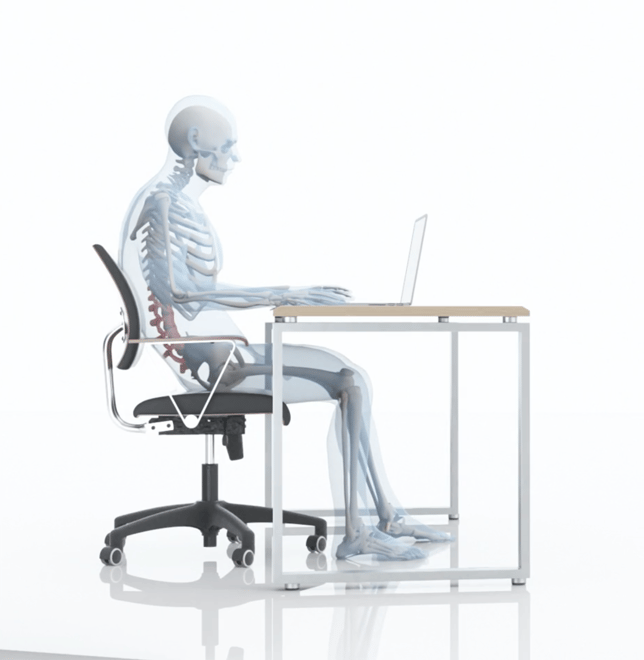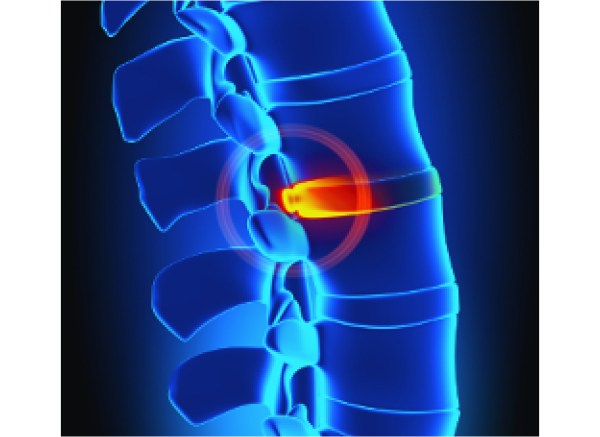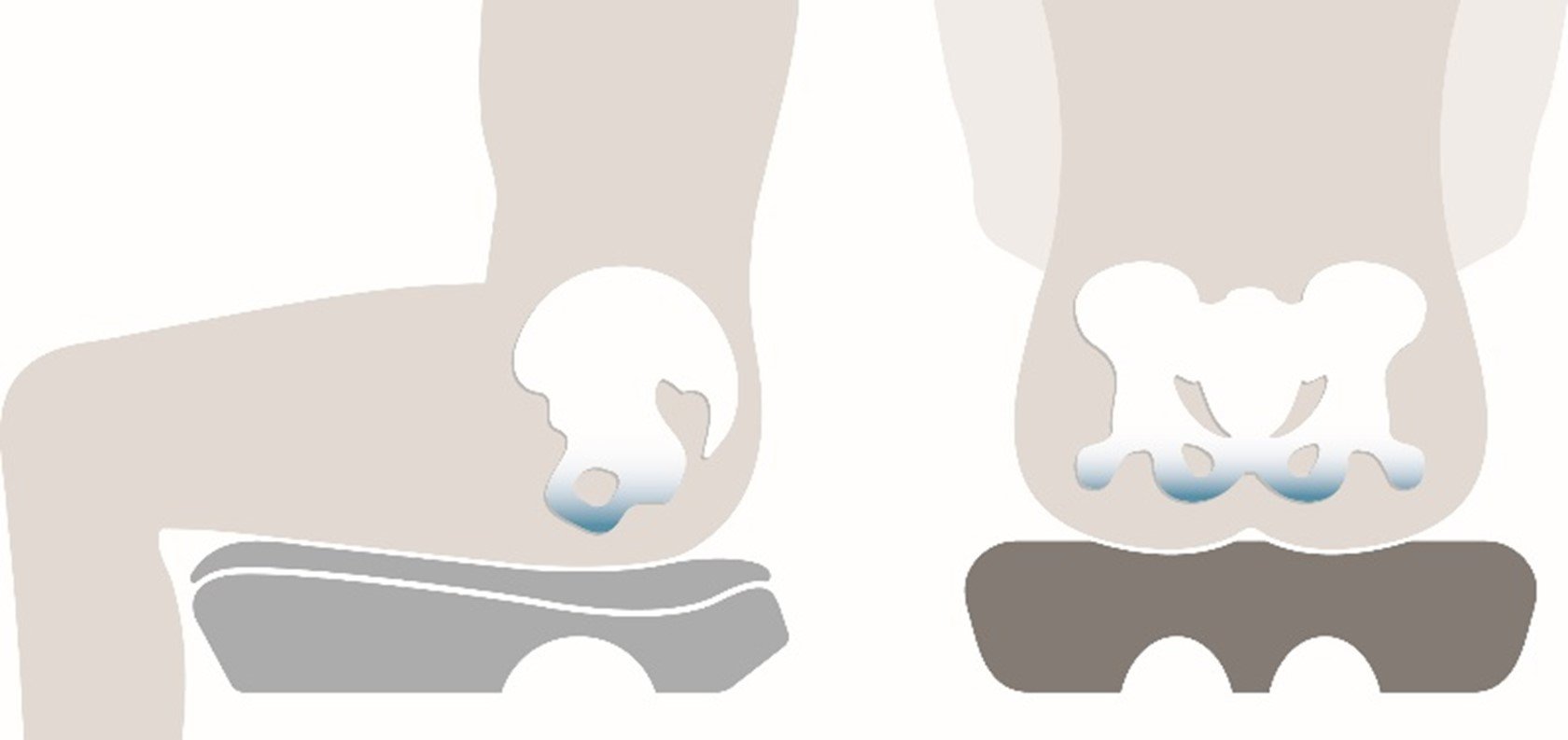3D human modeling is a technique used to create a virtual representation of a human being in a three-dimensional space.
This can be done using computer graphics software or specialized hardware, and it is used in a variety of fields, including film, video game development, and product design.
One of the main benefits of 3D human modeling is the ability to create highly realistic and accurate representations of human beings. This can be useful for creating characters that look and behave like real people or for creating virtual prototypes of products that will be used by real people.
In product design, for example, 3D human modeling can create virtual prototypes of products such as clothing or furniture. This can be especially useful for designing chairs, as it allows designers to see how the chair will fit and function on a human body. 3D human modeling can also be used to visualize and analyze the internal mechanics of the human body. By creating a virtual model of a person seated in a chair, for example, it is possible to see how the body is affected by the position and design of the chair.

Using 3D human modeling, it is possible to see how the spine is aligned, how much pressure is being applied to various body parts, and how the muscles are being used to support the body in the seated position. This can be useful for designing more biomechanically friendly chairs, as it allows designers to see how the chair will affect the body and make adjustments to the design to reduce strain and discomfort.
Another benefit of 3D human modeling is making changes and adjustments quickly and easily to the model. This can be useful for iterating on design ideas or making adjustments to the model to perfect the design before getting to the prototype stage, saving time and resources.
Overall, 3D human modeling is a powerful tool that allows for a deep understanding of the human body and how it is affected by various factors, including the design of products like chairs. By creating virtual models of the body and simulating different scenarios, designers and researchers can gain valuable insights into how the body functions and make informed decisions about how to design products that are comfortable, functional, and safe for use by humans.
This is why Anthros decided to partner with Simuserv, a leader in 3D human modeling since 2002. We wanted to prove that our chair was doing what we thought our seating expertise led us to believe it would do.
-
1 Decreasing disc pressure at L4 and L5- We believed that our two-part back system would decrease disc pressure by supporting the pelvis in an optimal position thus aligning the spine in its optimal “S” curve.
-
2 Developing the lowest pressure seat cushion possible- Using our wheelchair cushion expertise, we developed a contoured foam cushion with Cloudfloat technology.
Working with Simuserv allowed us to perfect our design before creating our first prototype. We were able to work through multiple iterations until we were satisfied that we had achieved the best possible design to achieve our goals.
If you are looking to improve posture while sitting, look no further than Anthros.
Anthros is the only chair in the world that is guaranteed to improve posture or your money back. The science-backed, patented design, is registered with the FDA as a posture-improving chair and is proven to have the lowest pressure (most comfortable) cushion on the planet (verified by university testing).
Take the next step to reducing pain, increasing comfort, and maximizing performance!
Recent Post

Exercises to Avoid With a Herniated Disc
March 6, 2025A herniated disc can put a serious damper on...

Gentle Back Exercises for Lower Back Pain & Herniated Discs
February 17, 2025Adding a cushion to your office or gaming chair...

Bulging Disc vs. Herniated Disc:
February 5, 2025Adding a cushion to your office or gaming chair...








